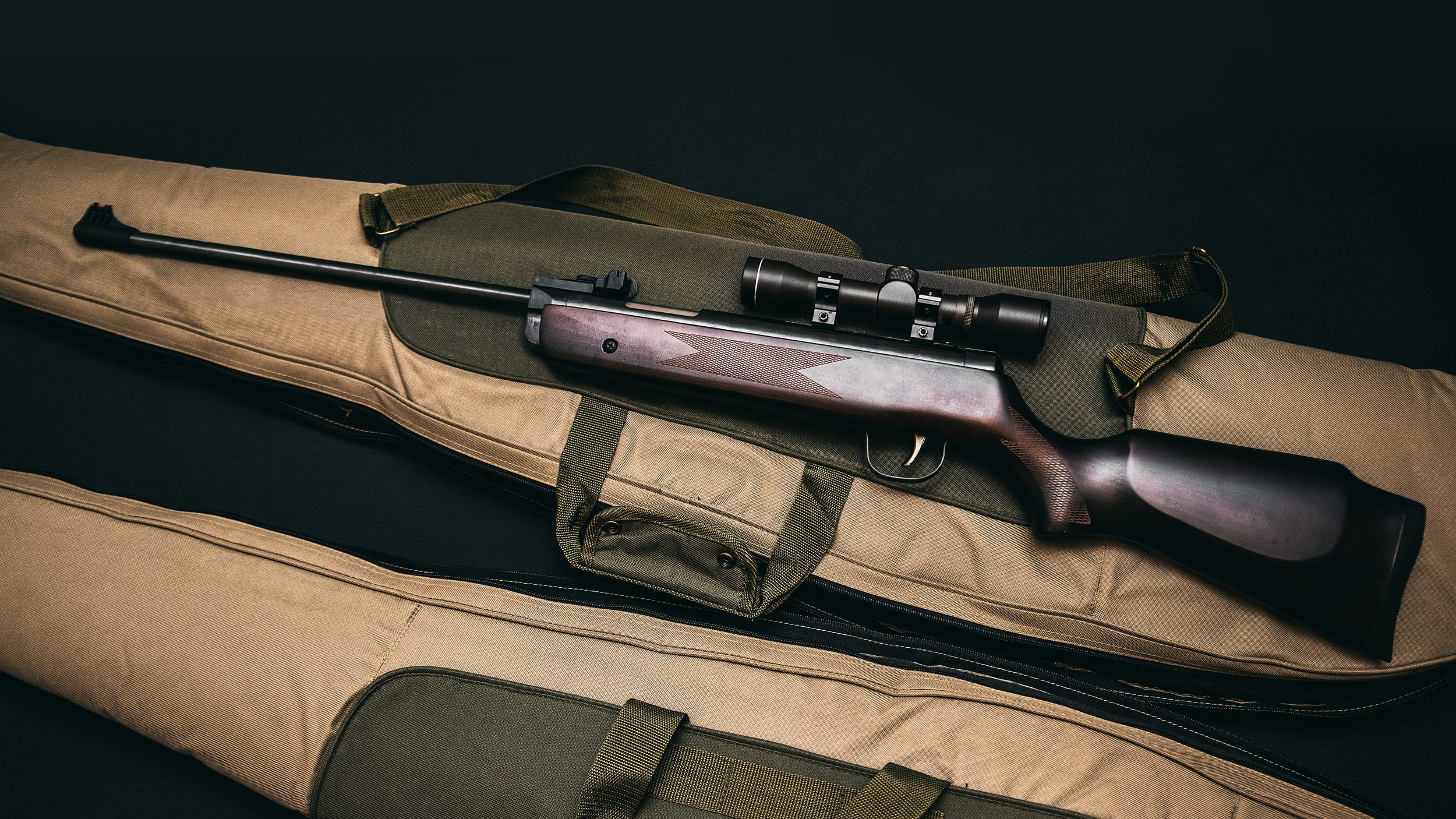
Why You Should Consider a Bolt Action Rifle Over an AR-15
Posted by Eric Jezierski on Aug 27th 2019
In current days it is exciting to see the new rifle entering the market. For several years it felt like the entire industry was zeroed in on the AR platform and it was hard to get excited about anything other than a tactical rifle. Today we see a shift back to innovation across a diverse selection of firearms. When looking at rifles, possibly nothing is more iconic than the bolt action for both hunting and military purposes. It is the action that many of us took our first shots on, and the action that was used by legendary military men such as Carlos Hathcock and Simo Hayha. Before you purchase your next rifle, let’s take a look at the reasons you might choose to buy or avoid the bolt action rifle.
PROS
Accuracy
Many people know, or have been told, that bolt action rifles are more accurate than their semi-auto or lever action counterparts. The rumors are true for a few reasons. The design of the action leads to several factors that help to maximize accuracy.
The bolt action uses forward locking lugs, compared to the rear locking lugs of a lever action, which creates a more consistent and solid lock-up when a cartridge is chambered. Some bolt actions have rear locking lugs in addition to the forward lugs, this is usually done to make the rifle safer to shoot but will also assist in reducing any potential movement of the bolt during firing.
The tight lock up of a bolt action rifle also helps to maximize the energy exerted on the bullet. Unlike a semi-auto rifle, all the energy of the cartridge is spent on moving the bullet down the barrel and non is used to cycle the action. This, theoretically, will help to increase muzzle velocity.
The lack of moving parts during firing will help to improve accuracy. Once the trigger is pulled, the only moving part in most bolt action rifles is the firing pin. This means that there is the shortest possible amount of time and variation in movement of parts during the ignition of the primer as possible.
Beyond accuracy, less moving parts means less points of potential failure. The simplicity of design and action make the bolt action more reliable and less prone to jams and misfires than its more sophisticated semi-automatic cousins.
High Powered Cartridges
Due to the relatively large forward locking lugs of the bolt action rifle, the design is one of the strongest possible for a rifle. Larger and larger calibers, and higher and higher powered cartridges can be used in bolt action rifles without significantly increasing the size and weight of the rifle.
When increasing the caliber capabilities of a semi-auto rifle, the action must be built up significantly. This will cause the overall size and weight of the rifle to increase as well, and this can cause some concerns for the shooter who needs to carry the rifle any length of distance. Compare bolt action .50 caliber rifles to their semi-auto counterparts and you will see this principle quite clearly.
Also, the design of most lever action rifle does not lend itself to the use of high-powered cartridges. There are some exceptions such as the Browning BLR series that has an unconventional design for their lever action rifles, but they still have their limitations and come with a higher price.

Legality
When moving across state or national borders, regulations on what firearms are legal and which ones are not can become quite confusing. Gun control activists have traditionally considered the bolt action rifle a safer option than semi-auto counterparts. While we are not going to argue the merits of that argument here, as a consequence the bolt action rifle can be purchased with much less hassle than semi-automatics. And furthermore, they can be legally transported across many more states and countries.
CONS
Capacity
Depending on your needs, you might find yourself wanting for more ammunition with the use of most bolt action rifles. Whether using an integral or box magazine, bolt action rifles traditionally have a capacity between three and six cartridges at a time. This makes them less desirable for a lot of different competition shooting, or home defense. While there are some exceptions to this rule, extended magazines for bolt action rifles are both expensive and uncommon.
Time Between Shots
Bolt action rifles generally require four distinct motions to actuate the bolt and cycle the action between shots. This is one of the slowest procedures used to chamber a new round in modern rifles, and without a lot of practice it can be difficult for shooters to stay on target between shots. During some hunting situations, this time could be the difference between laying down that trophy or several hours of tracking. While the action does lend itself to the prone shooter, semi-autos are clearly a better option for making quick follow up shots. Even the lever action rifle only requires two movements to chamber the next round.
Recoil
Depending on your caliber and application, this might not be a major concern for you. However, if you are using a high-powered cartridge or are sensitive to recoil the bolt action rifle will be one of the most challenging to continue shooting. In semi-autos, much of the recoil is absorbed by the action which requires some of that energy to cycle the bolt, but bolt actions remain locked up and put all the rearward energy right into your shoulder. This can result in shorter trips at the range or anticipation of the recoil which can diminish the fundamentals of the shooter and create misses.
Final Thoughts
There are certainly reasons to choose the bolt action rifle over the other options, as well as reasons you might want to steer clear. The decision on the action of your next rifle will come down to application. Bolt action rifles are excellent for hunting and long-range target shooting due to their inherent design benefits such as tight action and light weight, but they might not be the best option for home defense or possibly hunting in target rich environments. Consider your use for the rifle, remember that the rifle is a tool, and choose the best tool for the job.


